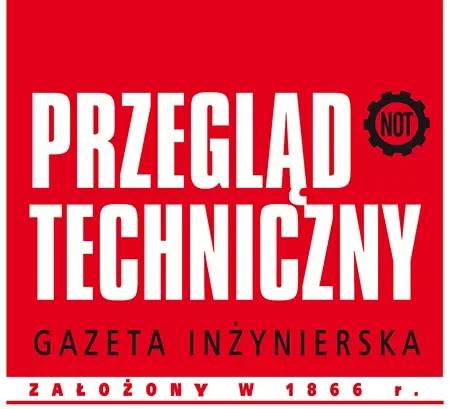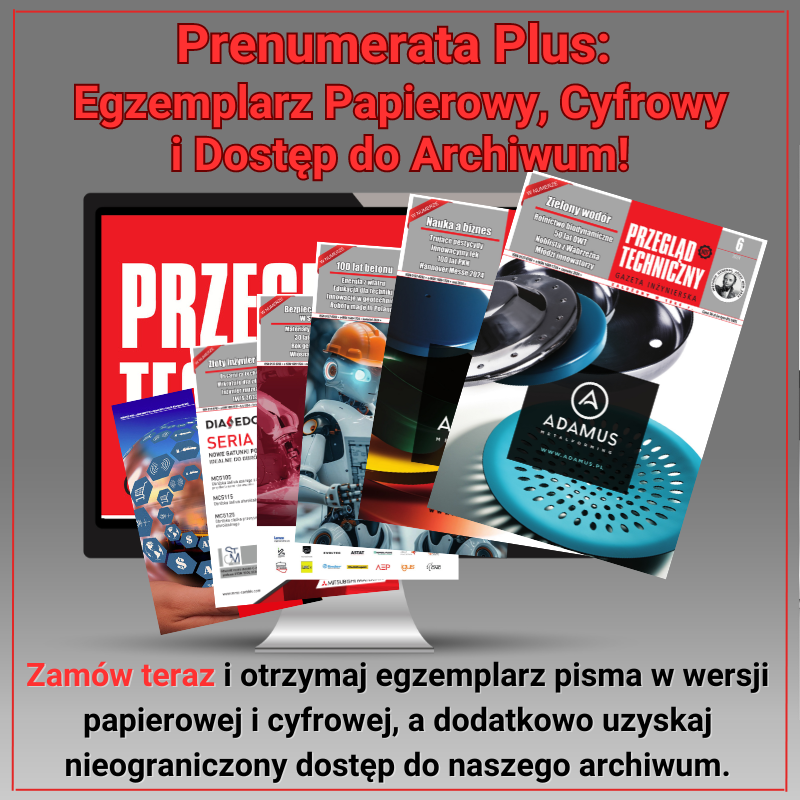The Air Force Institute of Technology celebrated its 70th anniversary in June 2023. But the prehistory of military aeronautical research dates back to 1918, when the Aerial Navigation Section of the Ministry of Military Affairs was established. The development of this modest unit led to a strong research center with 10 facilities equipped with accredited laboratories.
One of ITWL’s main specialties nowadays is unmanned aerial vehicles, both the drones themselves and their strategic subsystems not only for observation , or inspection of critical infrastructure, but also for artillery firing training and target flare with combat assets. For several years, the Institute has been conducting advanced work on aerospace composites as part of the KOMPO-TECH consortium. Laboratories of the National Research Center for Intelligent Composite Materials are now being established not only for aviation, but also for space applications. At the INTARG 2023 exhibition in Katowice, several of the Institute’s patents were awarded medals.
Turbine deeply simulated
The rotor simulator of flexural and torsional vibration of rotating rotor blades by Romuald Rządkowski, Piotr Piechowski and Ryszard Szczepanik is designed to simulate the vibration of rotor blades of steam turbine, gas turbine and turbine aircraft engine with a given amplitude and direction. On the rotor shaft, at least four turbine blade bases are arranged parallel to the shaft, and at the end of each blade base, a servo is placed to properly set it into oscillating motion in the longitudinal axis. The middle segments of the blades at one end are equipped with servo mechanisms that put them into oscillatory motion along the longitudinal axis. The middle segments of the blades are connected by means of servos embedded in them, at the upper edges, with the tops of the blades with crests, which they introduce into oscillatory motion along the vertical axis. The advantage of the invention is the unique ability to produce double-bending and torsional vibrations of simplified models of rotating turbine blades, in arbitrary directions with a frequency of up to 20 Hz and an amplitude of up to 30 mm.
The modular test stand has the ability to add and remove sensors (laser, optical) and change the number of blades. Numerical algorithms and programs for measuring vibration time and modeling various forms of blade disc vibration can be verified.
A handy power plant
The turbine engine with external combustion of the team Edward Rokicki, Jaroslaw Spychala, Miroslaw Kowalski, Andrzej Czarnecki is used to store renewable energy and convert it into electricity. A working turbine rotor is placed inside the working chamber, with at least two sections of blades with opposite angles of attack, which organizes the movement of the working medium inside the chamber during engine operation. Variations in rotor speed are achieved by selecting the number of blades.
What’s new is that the engine has only one cylindrical working chamber, where the working medium, such as steam, fills the space between the heater at the bottom and the radiator at the top. The blades on either side of the turbine rotor have an adjustable angle of attack, the setting of which is controlled by a centrifugal mechanism. The heater is powered by thermal energy from biomethane or solar energy. The turbine rotor shaft has a speed sensor and drives an electric generator directly connected to it. The rotating rotor of the axial working turbine, due to the opposite angle of attack of its blade sections, controls the flow of the working medium, thus creating zones of heating and cooling. The motor does not require a gearbox, is small and simple in design, quiet and uncomplicated in operation. It can find use as a portable device for charging the battery of an airborne unmanned aerial system (BSP).
Positive propaganda
A lot of reluctant comments were made by the leaflet scattering racket of Wieslaw Buler, Roman Kaminski, Włodzimierz Kępczyk, Marian Tybura. But the Defense Ministry had been looking for years for a manufacturer of such throwers, including handheld ones, for peacekeeping missions. One of the tasks of the Polish troops in Iraq and Afghanistan was to help the local population rebuild a country devastated by wars or terrorists. Civil-Military Cooperation (CIMIC) groups, or civil-military cooperation, have been established within the contingents. Their task is to coordinate activities related to, among other things. with humanitarian aid, rebuilding critical infrastructure and reaching out to the population with information. The apparatus used in the past contained a gas generator pyrotechnic fuse at the base of the cargo compartment and activated a mechanism that ejected the charge forward. The fuse then ignited a second gas generator in the center of the spreading device after the cargo exited the compartment and pneumatically ejected the cargo from the wrapped packages as a cloud of gas mixed with air. The novelty of this invention is that the loading chamber has a piston in the lower part with a seal around its perimeter and a pyrotechnic propelling device located under the piston, connected to a mechanical igniter equipped with a programmable electronic delay system for selecting the desired firing time. The mechanical igniter is connected by a connecting sleeve to the rocket motor. The main advantage of the invention is its structural simplicity and efficient, damage-free distribution of leaflets in the selected area.
Zygmunt Jazukiewicz





